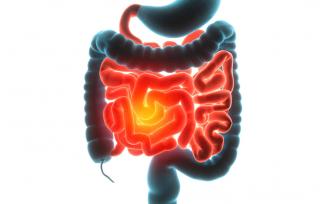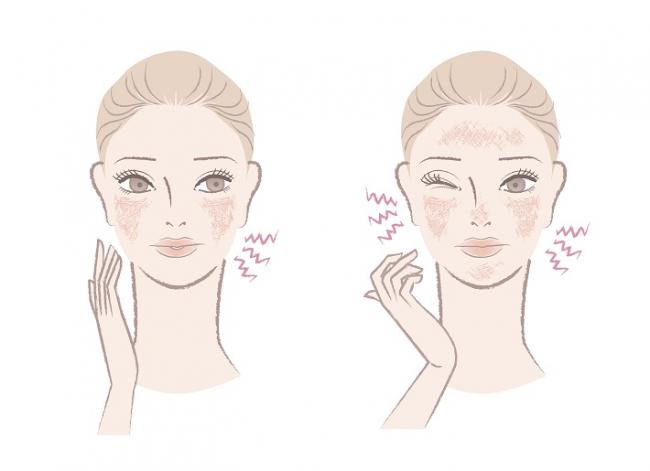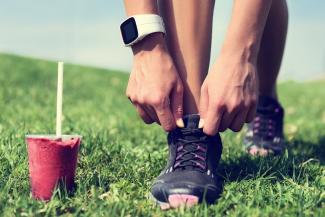News
- Dietary Intake of Vitamin K Reduces Mortality and Improves Health
06 Aug 14
- Whey protein and exercise help trim fat
02 Jul 14
- Intravenous Vitamin C may help treat various cancers
02 Jul 14
- Naturopathic care may provide benefit for type 2 diabetes
02 Jul 14
- Vitamin D and gargling to prevent respiratory infections
02 Jul 14
- Vegetables in early life may promote good eating habits later on
02 Jul 14
- Rotator cuff tears of the shoulder: how long should you immobilize the shoulder?
06 Jun 14
- Complementary and alternative medicine (CAM) is effective in treating Anxiety
06 Jun 14
- Acupuncture and Vitamin K1 help regulate menstrual periods and decrease cramps
06 Jun 14
- Dark Chocolate improves artery health in overweight adults
06 Jun 14
- Probiotics can prevent colic, regurgitation, and constipation in kids
06 Jun 14
- Acupuncture helps prevent nausea and vomiting
06 May 14
- Mediterranean diet reduces diabetes risk
06 May 14
- Green tea may help decrease blood pressure
06 May 14
- Wrong mammograms only lead to short-term anxiety
06 May 14











